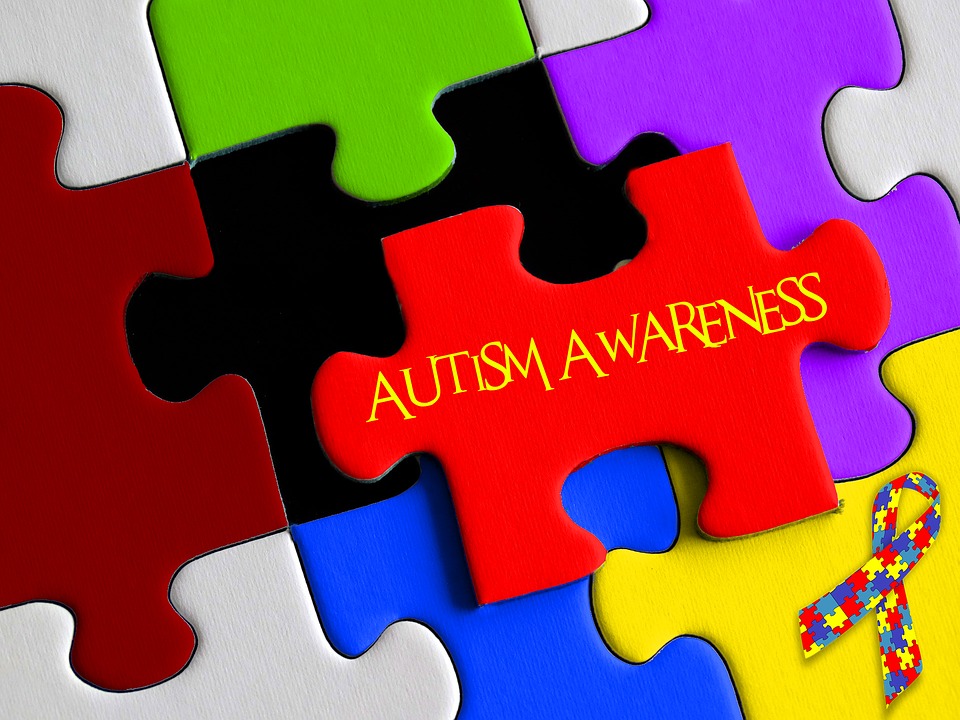Study suggests fibromyalgia is a spectrum disorder
Researchers have determined that fibromyalgia prevalence is 2.1% of the general population in Germany. Results appearing in Arthritis Care & Research, a journal published by Wiley on behalf of the American College of Rheumatology (ACR), suggest that fibromyalgia is a spectrum disorder rather than a categorical illness. Additionally, a number of fibromyalgia cases in the general population satisfy proposed criteria for physical symptom disorder–the presence of one or more physical symptoms that impair function, which cannot be explained by another clinical or psychiatric illness.
Fibromyalgia is a chronic, musculoskeletal syndrome characterized by chronic widespread pain together with fatigue, sleep disturbances, cognitive problems, and multiple somatic symptoms. In 2010 the ACR released modified diagnostic criteria for fibromyalgia, eliminating the tender point count assessment that was part of the 1990 criteria. Shortly after the modified criteria was published it was decided that the widespread pain index and symptom severity score could be combined to form a new measurement of pain and symptom severity termed the polysymptomatic distress scale (PSD).
The lead author of the current study, Dr. Frederick Wolfe with the National Data Bank for Rheumatic Diseases and University of Kansas School of Medicine in Wichita, reported on 2,445 subjects who were randomly selected from the general German population in 2012. The team used the 2010 modified ACR preliminary diagnostic criteria for fibromyalgia to identify patients with the disease.
Findings show fibromyalgia prevalence at 2.1% with occurrence in women and men at 2.4% and 1.8%–a difference that was not statistically significant according to researchers. Furthermore, the team found evidence supporting the hypothesis that fibromyalgia is a spectrum disorder and not a distinct disease. Nearly 40% of fibromyalgia patients met the proposed criteria for a physical symptom disorder.
The authors suggest that fibromyalgia should be considered a spectrum or dimensional disorder by giving the range of polysymptomatic distress experienced by patients. A patient with a widespread pain index of 7 or more out of 19 pain sites and symptom severity score of 5 or more out of 12 will have a PSD scale score of at least 12, a cut point below which fibromyalgia criteria will not be met.
“Given the continuum of symptoms in patients, our study provides important evidence supporting fibromyalgia as a spectrum disorder,” concludes Dr. Wolfe. “Our findings have important implications for epidemiologic and neurobiologic studies, clinical diagnosis and disease management, along with determining disability in those with fibromyalgia.”


